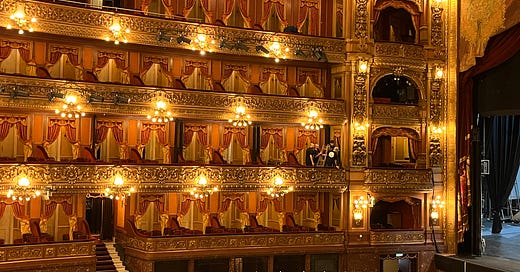A Year Ago: Touring Teatro Colón in Buenos Aires
It’s hard to believe that it’s been a year since we were in Buenos Aires. I looked at my TimeHop this morning (something I haven’t done in a while) and realized that it’s the day we toured Teatro Colón, so I thought I’d write about it.
We’re not huge patrons of live performances. It doesn’t mean we don’t enjoy them, but we don’t specifically seek them out. That said, my Argentine friend, Estefi, said we really needed to see Teatro Colón and I’m glad we did.
We actually tried to get tickets to a performance, as it was the beginning of opera season, but we weren’t able to purchase tickets online and the path of least resistance was to book a tour instead, so that’s what we did. If you’re a fan of opera and live shows and are heading to Buenos Aires during opera season, I would definitely recommend figuring out how to get tickets. (It probably involves buying them in person.)
Anyway, the tour was great (definitely recommend). Teatro Colón is really beautiful and it has quite a history. Did you know:
The current Teatro Colón wasn’t the first one; it’s the second. The original one opened in the mid-1800s and ran for 31 years before closing to make way for a new, improved opera house.
The current Teatro Colón took over 20 years to build and involved the death of three people key to its creation:
Italian architect Francesco Tamburini
Architect Vittorio Meano, who took over the project after Tamburini died but who was later killed (by a former employee who was having an affair with his wife)
Angelo Ferrari, an Italian businessman who was financing the construction
The theater was finally completed by a third architect, Julio Dormal, from Belgium; he’s the one who added French architectural influence.
All of the materials for the theater’s construction were imported from Europe, including a significant amount of marble, which not only contributes to its unique aesthetic, but also the world-renowned acoustic quality.
Teatro Colón one of the top opera houses in the world for acoustics.
The theater has 8 widow boxes (no longer in use today) that allowed recently widowed women to still enjoy cultural events in person without being seen by the public. It was customary at the time for women to mourn for two years after a spouse died.

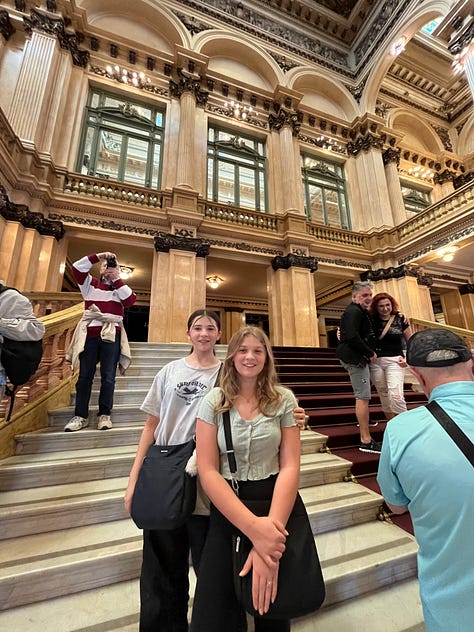

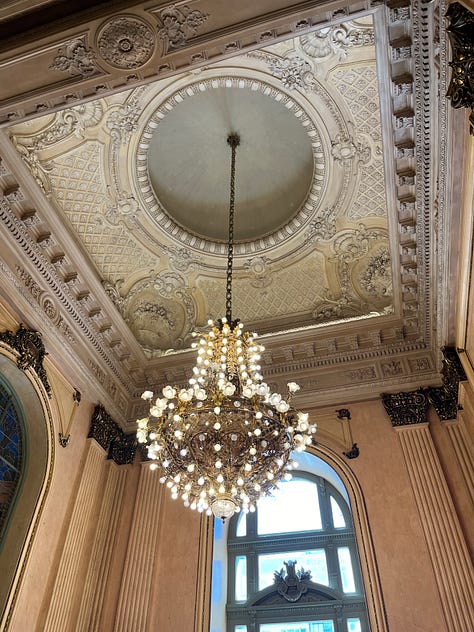
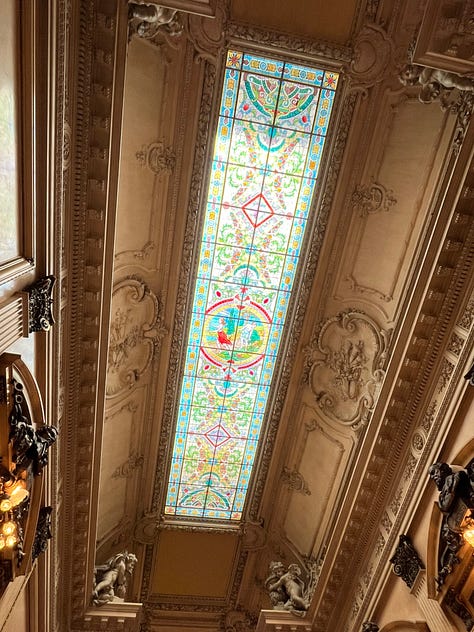

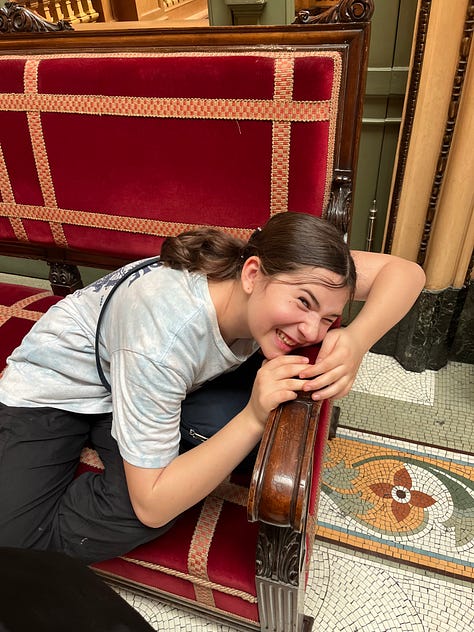
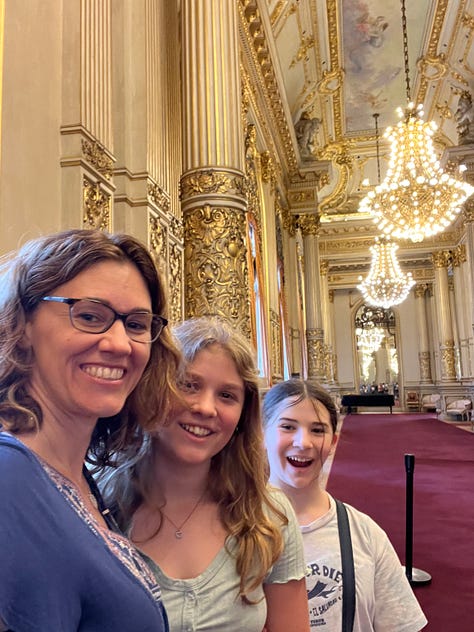
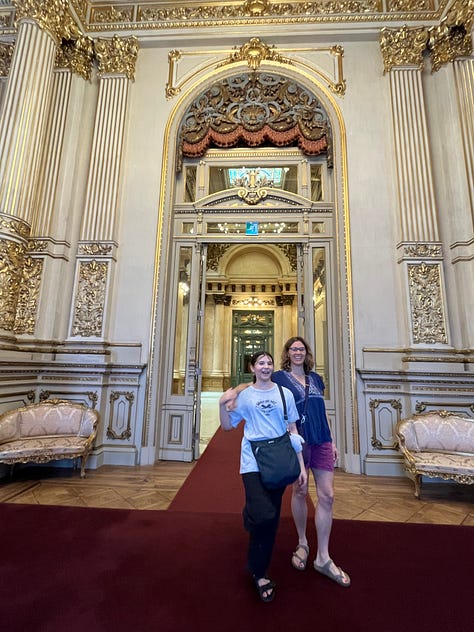
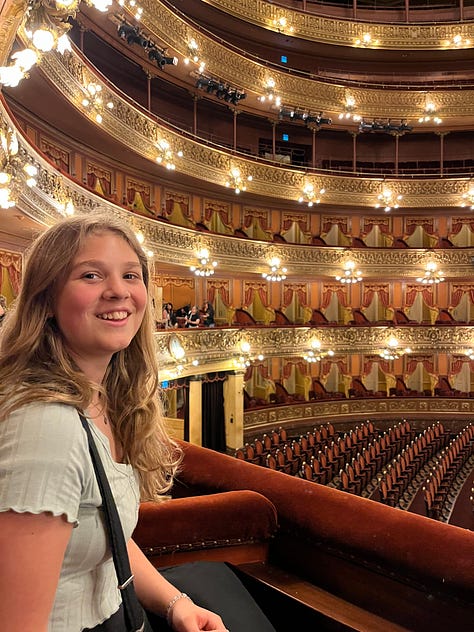
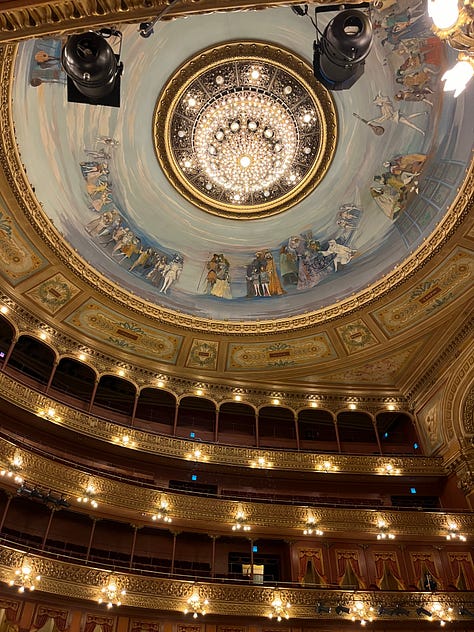
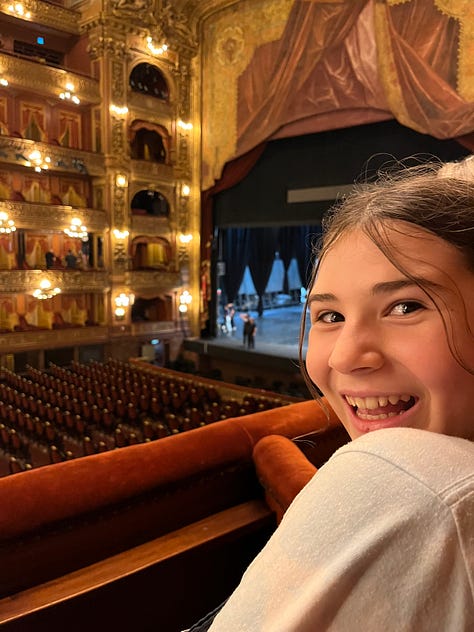
Have you been to Teatro Colón? Were you lucky enough to see a performance there? If so, what did you see and how was the experience?

